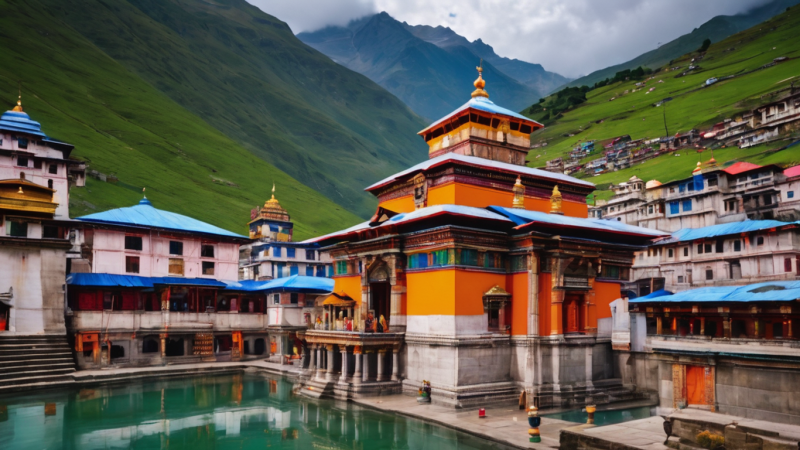Temples In India

Here is the list of Temples in India segregated by State and City. Biggest list of temples in India with temple name and address.
India is home to thousands of temples, each holding cultural, historical, and religious significance. Temples in India are not merely places of worship but are also centers of cultural, social, and spiritual activities. Hinduism, which is the predominant religion in India, has a rich tradition of temple architecture and worship. However, temples in India are not exclusive to Hinduism; the country also hosts temples of other religions like Buddhism, Jainism, Islam, Christianity, and Sikhism.
Here are some key aspects about temples in India and why there are so many Hindu temples:
1. Religious Diversity: Hinduism is a pluralistic religion with a multitude of gods and goddesses worshipped in various forms across the country. Temples are dedicated to these deities, each with its own unique significance, legends, and rituals. The diversity in beliefs and practices has led to the construction of numerous temples across India.
2. Architectural Heritage: Indian temple architecture is renowned for its diversity, intricacy, and aesthetics. Temples exhibit various architectural styles, such as Dravidian, Nagara, Vesara, and more. They often feature intricate carvings, sculptures, and detailed craftsmanship that attract not only devotees but also tourists and art enthusiasts.
3. Spiritual and Cultural Significance: Temples serve as centers for spiritual learning, cultural activities, and social gatherings. They are not just places of worship but also hubs for festivals, celebrations, music, dance, and community events. People visit temples seeking spiritual guidance, blessings, and a sense of connection with the divine.
4. Historical and Traditional Importance: Many temples in India have historical significance, dating back centuries. They often have stories related to their construction, rulers, or saints associated with them, adding to their cultural and historical value.
5. Pilgrimage Sites: Several temples in India are considered sacred pilgrimage sites. Devotees from different parts of the country and the world undertake pilgrimages to seek blessings and fulfillment of their religious vows.
6. Economic and Social Impact: Temples often contribute significantly to the local economy by attracting tourists, pilgrims, and visitors. They also play a vital role in the social and cultural fabric of communities by fostering a sense of belonging and identity.
The sheer number of Hindu temples in India is a reflection of the country's rich religious and cultural heritage. The reverence for deities, historical significance, architectural brilliance, and the integration of spirituality in daily life are some reasons why temples hold a special place in the hearts of millions of people across India.
Are You The Proud Hindu?
The Trimurti
Create an account to join us and start taking part in conversations.
SIGNIN

